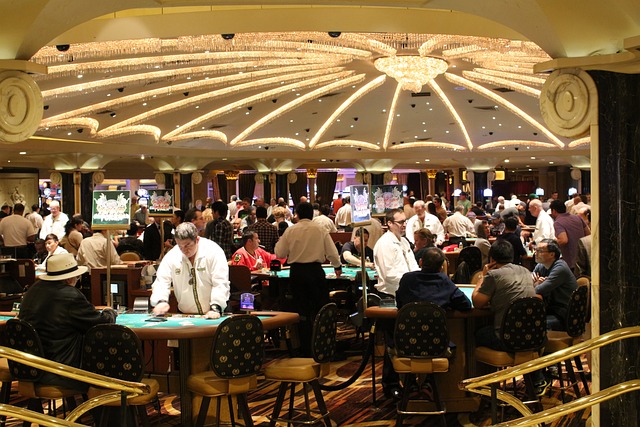Chasing losses is the impulse to raise stakes, bet more frequently, or widen your markets after a downswing in an attempt to “get back to even.” It feels rational in the moment because your brain frames the recent deficit as a problem to solve, but the strategy almost always backfires. The act of chasing compounds variance, accelerates bankroll depletion, and pushes decisions from a planned framework into an emotional sprint. Even if you snag a recovery win, the habit teaches your mind that panic works, making the next spiral more likely. Professional bettors treat downswings as a cost of doing business and shrink or pause risk exposure, not expand it. If you want your results to depend on edge and discipline rather than adrenaline, you need to understand why the urge to chase is so powerful—and why the math and psychology are stacked against it.
The Psychology That Fuels the Chase
Chasing is powered by a cluster of cognitive biases. Loss aversion makes a $100 loss feel larger than a $100 gain, pushing you to “fix” the pain quickly. The sunk cost fallacy reframes prior wagers as investments that must be salvaged rather than independent events. Recency bias overweights the latest results, while the gambler’s fallacy whispers that a win is now “due.” Emotional arousal narrows attention, so you stop scanning for value and start scanning for exits. Near misses add fuel: being “close” rewires a loss as momentum, not variance. This cocktail shifts your time horizon from long-term expected value to short-term relief. The solution begins with labeling the state—“I’m chasing”—because naming the emotion reduces its grip. Only then can you apply pre-committed rules that restore perspective and slow the rush to act.
Math and Bankroll Reality

Chasing breaks bankroll math. When you increase stakes as results worsen, your risk of ruin rises super-linearly: a small negative edge becomes catastrophic once stake size outpaces bankroll. Even with a positive edge, volatility scales with bet size, so a short cold streak at elevated stakes can wipe weeks of disciplined gains. Martingale-style progressions look tidy on paper but assume infinite capital and zero limits—neither exists in real life. Opportunity cost bites too: money tied up in oversized recovery bets can’t be deployed in the highest-value spots. Meanwhile, vig and suboptimal lines erode EV with every hurried click. Sustainable betting relies on steady unit sizing, variance-aware stop-losses, and sample size, not on “one big hit” to reset the ledger. The math doesn’t care that you’re frustrated; it only tallies risk and return.
How Chasing Warps Decision Quality
Accuracy collapses under pressure. Chasing shortens research windows, encourages off-market props, and tempts you into correlated parlays that look clever but are priced to punish impatience. You start betting from narratives rather than numbers, trusting hunches and tipster noise you’d normally ignore. Execution quality falls too: misreads, misclicks, and poor line shopping multiply when you rush. After one mistake, the urge to immediately “correct” it triggers a second, then a third, creating an error cascade that feels like bad luck but is really degraded process. Even when you win during a chase, reinforcement learning tags panic as effective, making relapse more likely. Discipline flips this script: you slow decisions, accept variance, and protect routine. The goal is not perfection—it’s preserving a repeatable edge by isolating each wager from the emotional residue of the last.
A Practical Framework to Break the Cycle

Build guardrails before the session. Use fixed units (e.g., 1–2% of bankroll), a daily stop-loss and stop-win, and a rule that prohibits raising stakes after losses. Add friction: require a five-minute cool-off and a written note on why a bet has edge before placement. Separate bankrolls by sport or game type so one downswing can’t contaminate everything. Automate line shopping and predefine markets you’ll skip entirely when tilted (live same-game parlays, long-shot ladders, or props with thin data). Track results, but also track state—note when you felt urgency, what triggered it, and which rules saved you. Finally, plan exits: schedule sessions, set alarms, and close with a brief audit rather than one last “make-up” bet. You won’t erase variance, but you will prevent emotion from dictating stake, speed, or selection.
